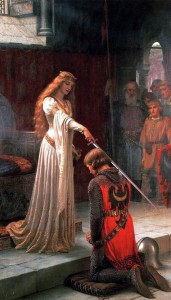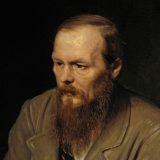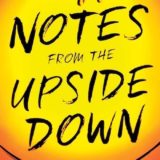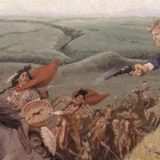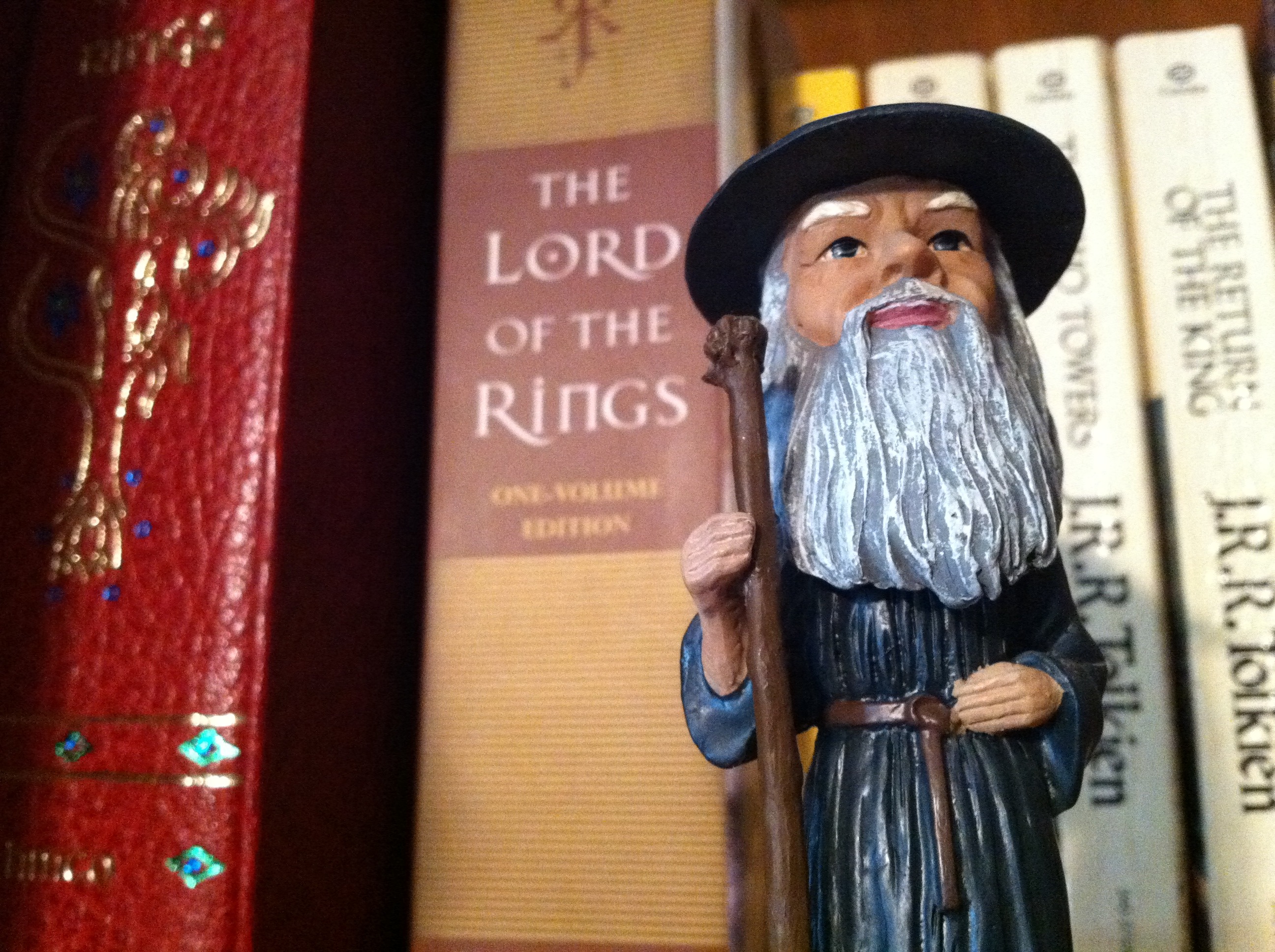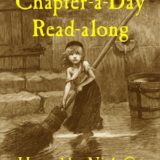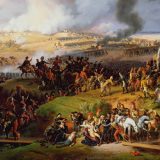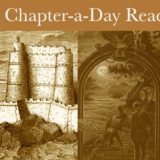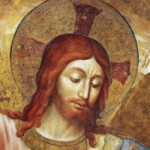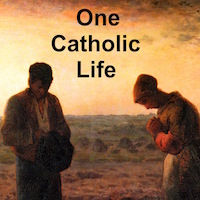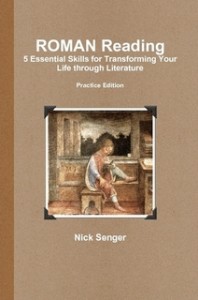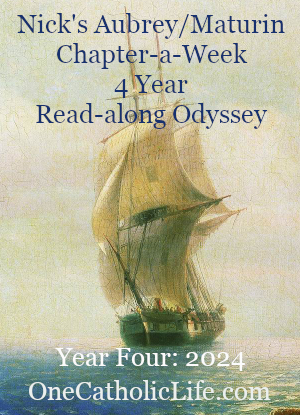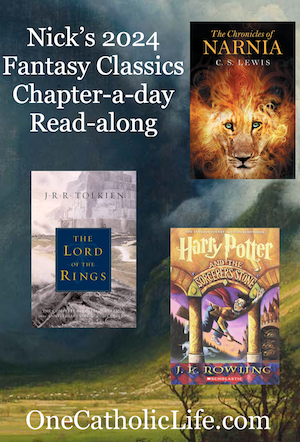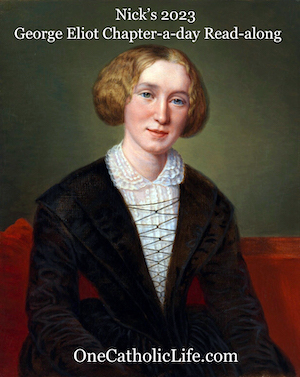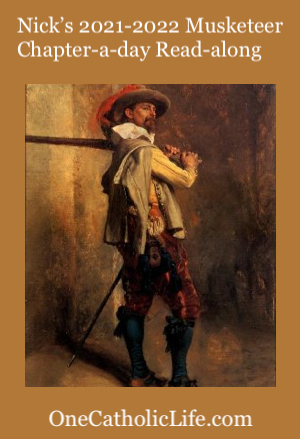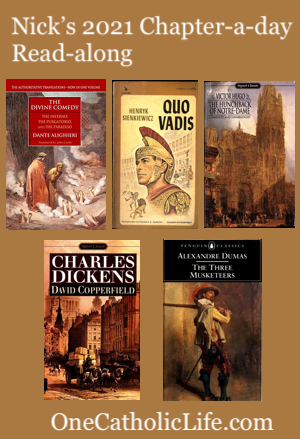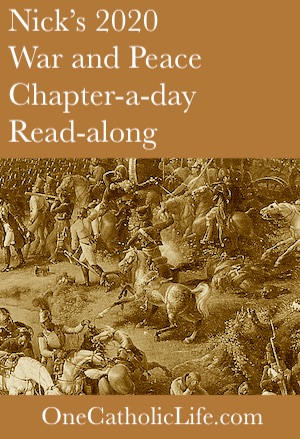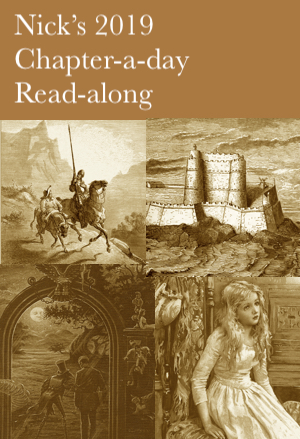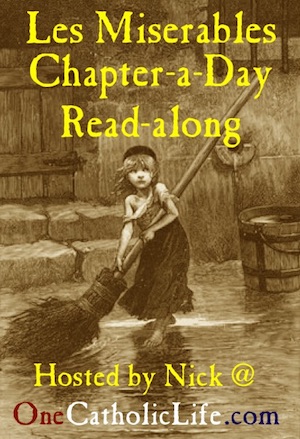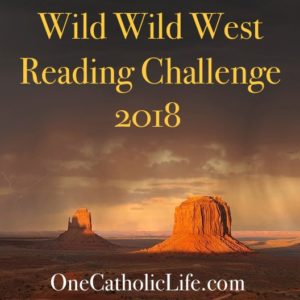A Glimpse of Heaven Through Mythopoeic Literature
Having just finished Peter Kreeft’s book Heaven: The Heart’s Deepest Longing, I find myself aching for the numinous:
Have you ever felt it–the haunting of the world?…The haunting has been called the sense of the “numinous.” It is the sense that the world we see is haunted by something we do not see, an unseen presence.”
Kreeft goes on to discuss this haunting in the human face, romantic love, pictures, stories and music. I think I have lost touch with the numinous in my daily life as practical matters have begun to crowd it out. And yet, I can still feel it when I concentrate, though it scares me more often than it intrigues me.
I need a stronger sense of heaven. I need to embrace that mysterious presence that hovers just outside my realm of consciousness so that I can recall the purpose and ultimate end of life.
It’s time to read some mythopoeic literature.
Mythopoeic literature reminds the reader that there is something else out there, something both frightening and awe-inspiring. Mythopoeic novels don’t take you out of the world, but deeper in. I used to call them “fantasy” novels, but the fantasy genre has become too corrupted by the publishing machine to be an effective term anymore.
I’ve developed a list of mythopoeic novels that I’m going to begin reading in the hope that they will put me back in touch with the numinous, and lead me to a better appreciation of the beauty of heaven.
Here’s the list I’ve developed for myself:
1858 – Phantastes – George MacDonald
1864 – “The Light Princess” – George MacDonald
1867 – “The Golden Key” – George MacDonald
1871 – At the Back of the North Wind – George MacDonald
1872 – The Princess and the Goblin – George MacDonald
1875 – “The Wise Woman” – George MacDonald
1883 – The Princess and Curdie – George MacDonald
1885 – King Solomon’s Mines – H. Rider Haggard
1887 – She – H. Rider Haggard
1895 – Lilith – George MacDonald
1908 – The Man Who Was Thursday – G.K. Chesterton
1924 – The King of Elfland’s Daughter – Lord Dunsany
1929 – The Father Brown Omnibus
1930 – War in Heaven – Charles Williams
1933 – The Pilgrim’s Regress – C.S. Lewis
1937 – The Hobbit – J.R.R. Tolkien
1937 – Descent into Hell – Charles Williams
1938 – Out of the Silent Planet – C.S. Lewis
1938 – Taliessin through Logres – Charles Williams
1943 – Perelandra – C.S. Lewis
1945 – That Hideous Strength – C.S. Lewis
1945 – The Great Divorce – C.S. Lewis
1945 – All Hallow’s Eve – Charles Williams
1945 – “Leaf by Niggle” – J.R.R. Tolkien
1949 – “Farmer Giles of Ham” – J.R.R. Tolkien
1954 – The Lord of the Rings – J.R.R. Tolkien
1956 – The Chronicles of Narnia – C.S. Lewis
1956 – Till We Have Faces – C.S. Lewis
1967 – “Smith of Wootton Major” – J.R.R. Tolkien
1977 – The Silmarillion – J.R.R. Tolkien
1998 – Roverandom – J.R.R. Tolkien
2007 – The Children of Húrin – J.R.R. Tolkien
I admit it’s a purely subjective list, and I’ve read many of them before, but it’s time to delve into them again. Let me know if I’ve forgotten or left out any gems.

